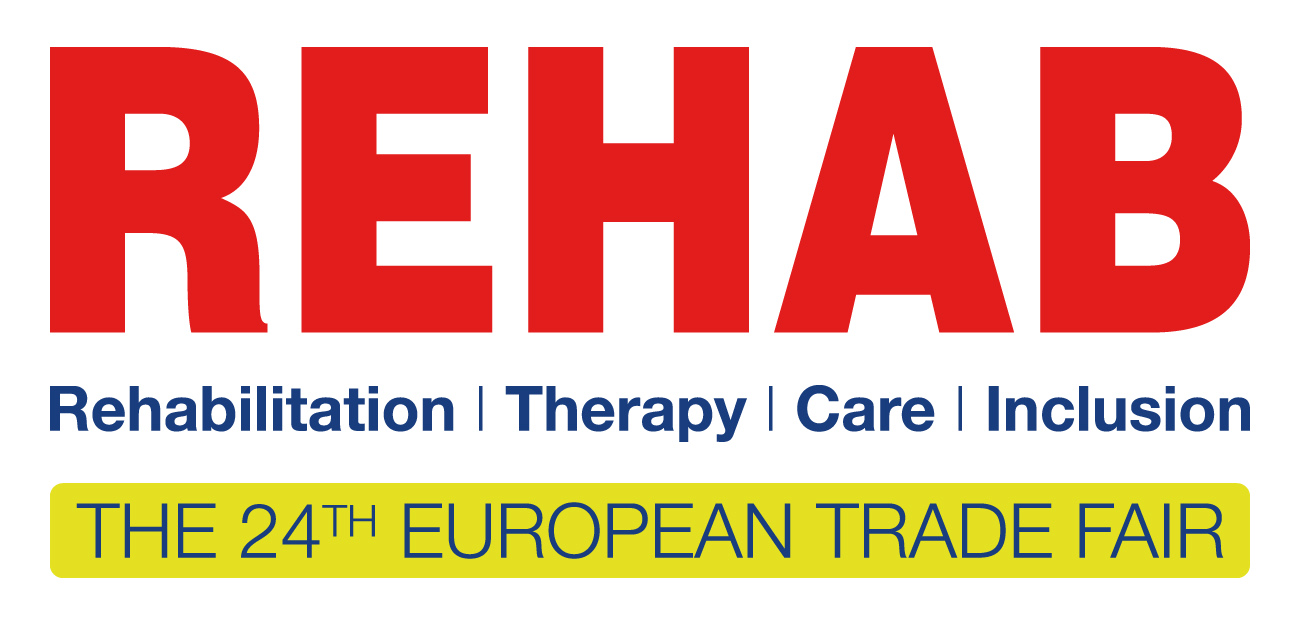Current developments in motor neurorehabilitation
Prof. Dr. Joachim Liepert reports from the CON.THERA Conference
Prof. Dr. Joachim Liepert is a leading expert in stroke rehabilitation and a speaker at this year's CON.THERA conference in Karlsruhe. He appreciates the unique combination of hands-on technical innovation at the REHAB trade fair and neutral, evidence-based training at the accompanying conference.
Following the successful premiere in 2022, the congress will be held for the third time from May 22 to 24, 2025 and will focus on neurorehabilitation. In this format, over 200 occupational and physiotherapists, speech therapists as well as rehabilitation and orthopaedic technicians will expand their knowledge through top-class lectures, exchange ideas and network across disciplines.
After Prof. Dr. Liepert was already a guest in 2022 with the topic of stroke rehabilitation, this year he will present the latest developments in motor neurorehabilitation.
Prof. Dr. Liepert: „I am looking forward to being able to report on ‘Current developments in motor neurorehabilitation’ at the CON.THERA congress”.
Photo: Messe Karlsruhe / Behrendt and Rausch
Assisted training through robotics. Photo: Adobe Stock #1259979880
New technologies improve traditional physiotherapy
Evidence-based research is providing new insights into traditional physiotherapy. Modern technologies make training more efficient, motivating and targeted. The resulting successes in neurorehabilitation are impressive: robotic systems help patients to train their movements more precisely, make progress measurable and adapt them individually. AI-supported virtual reality opens up new possibilities: Patients experience more varied training in playful, interactive environments, which actively stimulates the brain to form new connections.
The use of virtual reality for pain patients is particularly exciting. By specifically shifting attention to simulated everyday situations or playful competitions, unpleasant sensations can be reduced. This can significantly increase the intensity of therapy. These findings show just how profitably technological progress can be used in rehabilitation.
Motivation as the key to success
As Medical Director of Neurorehabilitation at the Schmieder Clinics in Baden-Württemberg, Prof. Dr. Liepert reports on his experiences in neurorehabilitation. „Innovative technologies can increase the fun factor in therapy.” Intensive interval training is supported by modern equipment. Stimulating procedures use magnetic fields and electrical impulses to reactivate damaged areas of the brain. Pharmaceutical support measures can help to increase the success of the therapy - the combination of medicine, technology and exercise is the key. A decisive factor for long-term success is the patient's motivation, emphasizes Prof. Dr. Liepert. „Through many exercises and repetitions, the brain can learn to reactivate or relearn movement sequences. This has to be fun in the long term, otherwise it won't be used in everyday life.”
Innovative technologies can increase the fun factor in therapy.
Photo: Adobe Stock #1018331081
Photo: ©Prof. Dr. Joachim Liepert
Linking inpatient and outpatient rehabilitation
The biggest challenge remains the transition from inpatient to outpatient therapy, explains the neurologist. While intensive therapy sessions take place daily in the clinic under supervision, training at home on the patient's own initiative is often less effective. „This is where digital solutions such as aftercare apps offer an enormous opportunity: they enable seamless care after discharge and help to maintain motivation through regular interaction,” says Prof. Dr. Liepert. By contacting patients via text message in the event of problems, regular appointments, new exercises and professional feedback on training successes, patients can continue their therapy at home after discharge from the clinic with good support.
This networking between the clinic and the home environment is important in order to maintain what has been achieved in the inpatient area in the long term. The neurologist would like to see better structures in this area to enable outpatient and inpatient measures to be more closely interlinked.
The future of neurorehabilitation is exciting and full of possibilities
The key to success lies in the combination of technological support, individual care and the intrinsic motivation of the patient. In order to ensure sustainable progress, inpatient and outpatient measures must be better linked. With innovative approaches and interdisciplinary cooperation, rehabilitation can be raised to a new level - for the benefit of patients and with significantly increased success rates, summarizes Prof. Dr. Liepert for us: „I am looking forward to being able to report on ‘Current developments in motor neurorehabilitation’ at the CON.THERA congress”.
